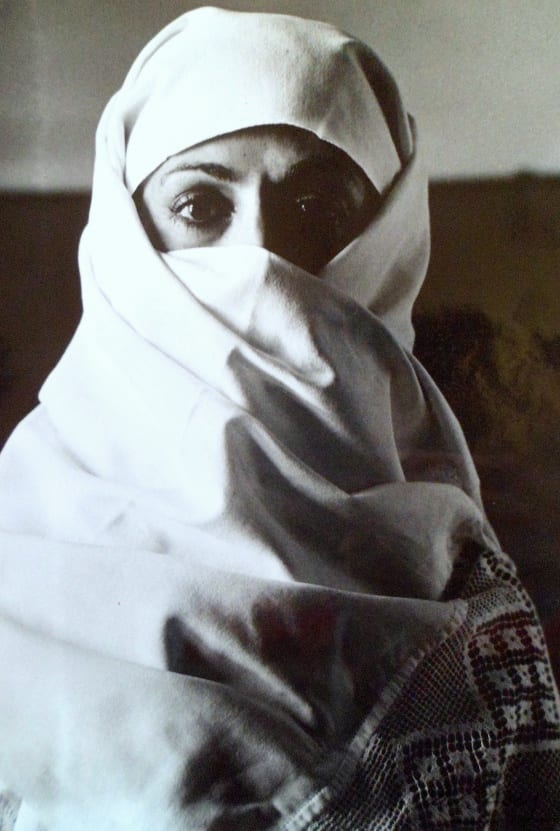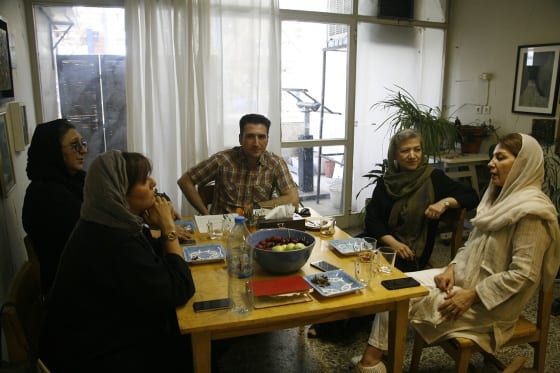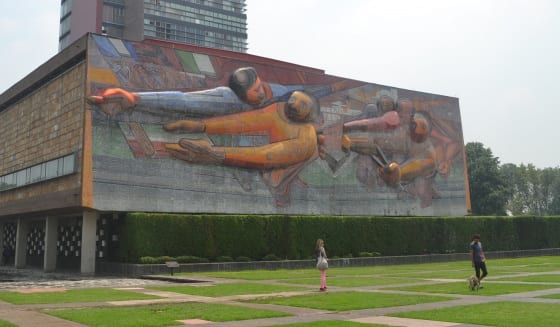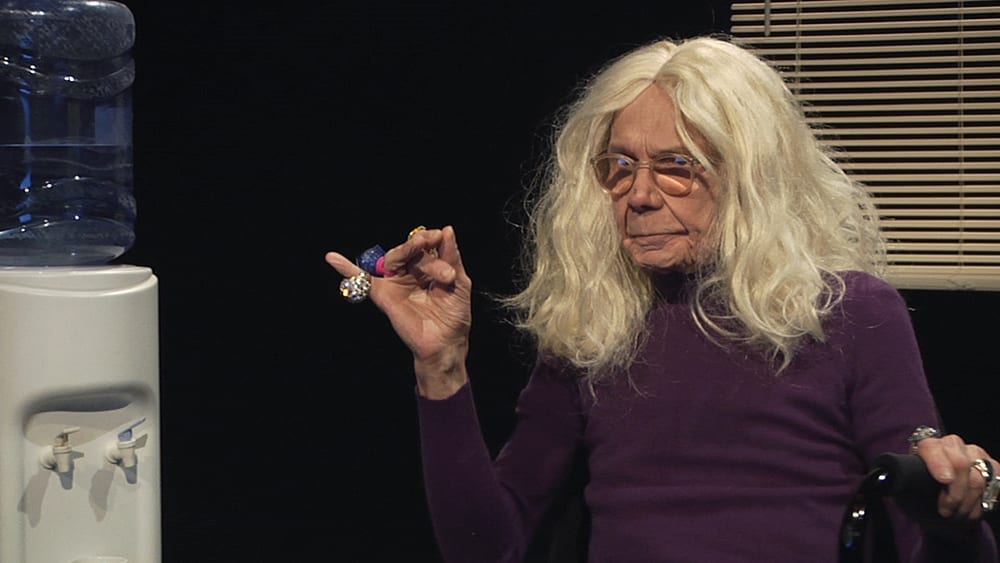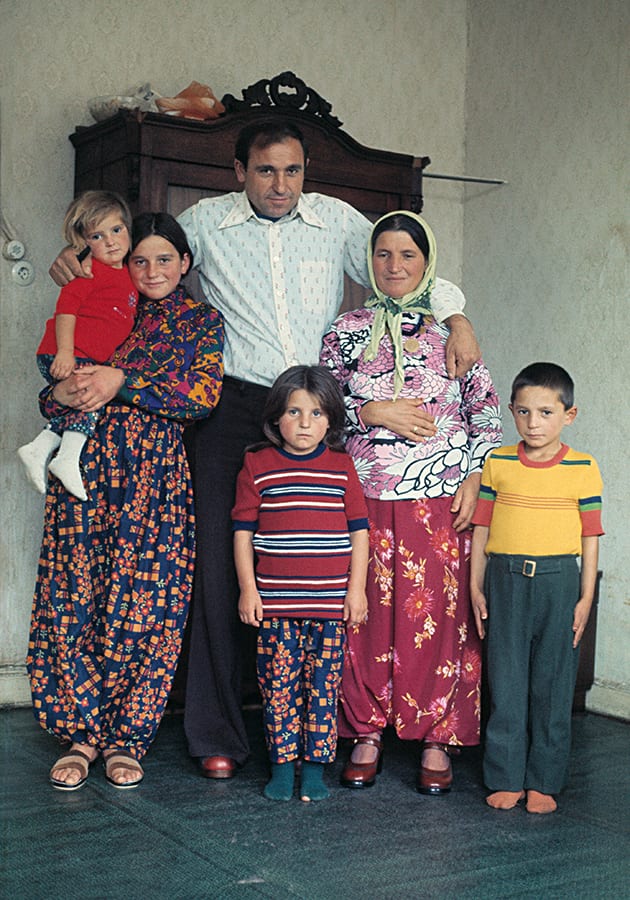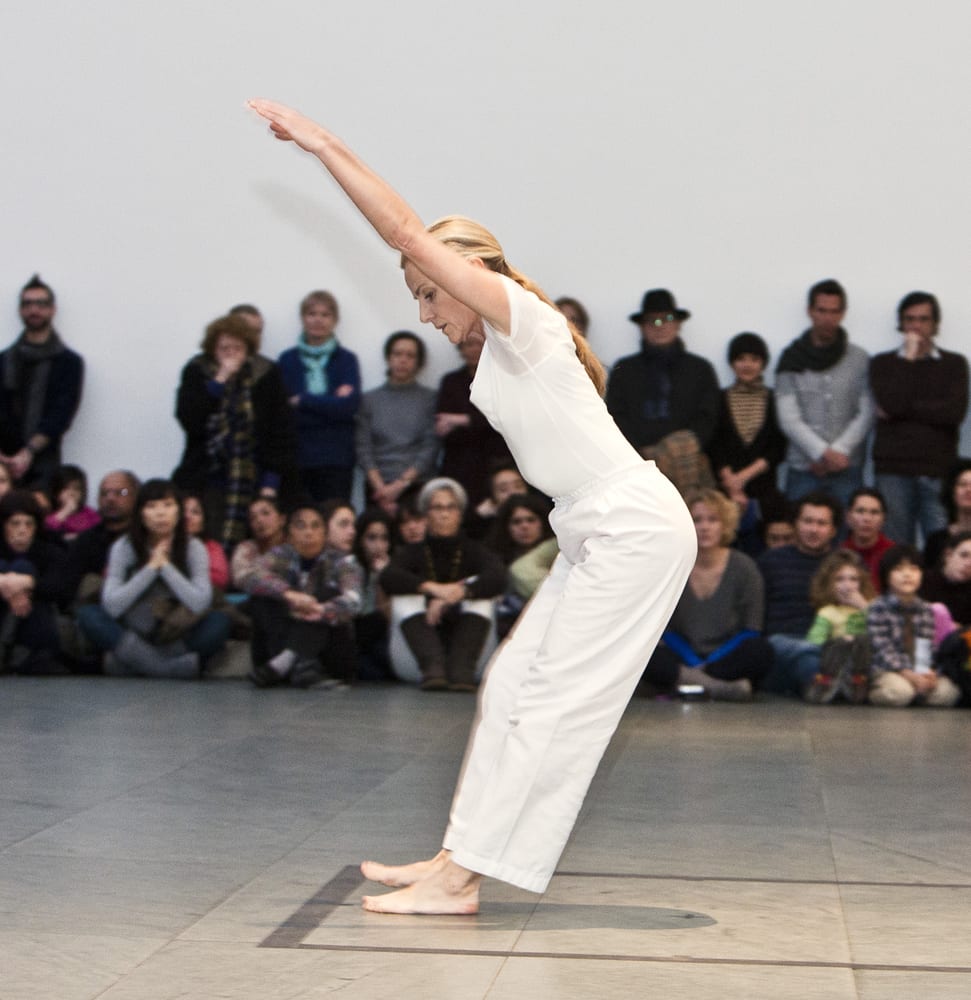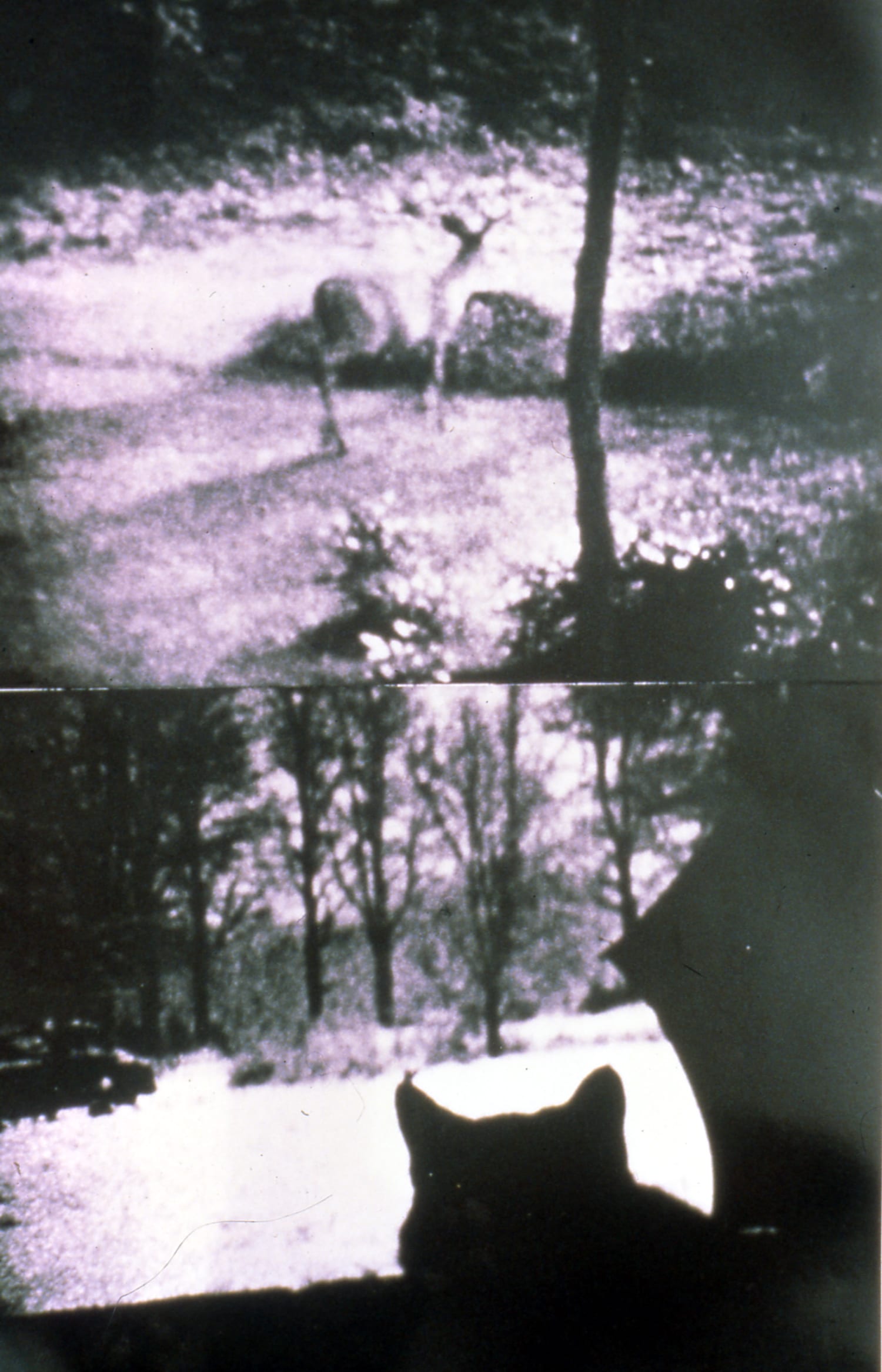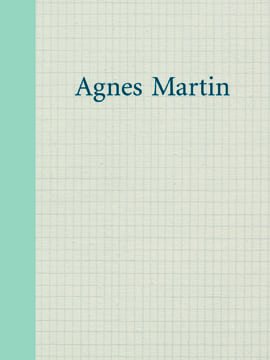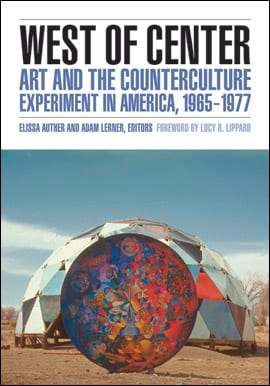María Laura Rosa on how Alicia D’Amico’s images of female desire reflect “dissident and destabilizing identities in the heteronormative visual imaginary” (in English and Spanish)
Search Results for: feminist interview project
In Tehran: A Conversation with Iranian Gallerists
This roundtable conversation among Iranian gallerists, available in English and in Persian, explores the politics and particularities of gallery ownership in Tehran
Crowdsourcing Knowledge: Cowriting, Coteaching, and Colearning
Ana María León inaugurates Art Journal Open‘s new Pedagogies series, presenting her findings in the communal production and dissemination of knowledge through reading groups and digitally crowdsourced syllabi and reading lists
Scripting A Smeary Spot
By A.K. Burns and Melissa Ragain
In this annotated commentary, artist A.K. Burns and art historian and critic Melissa Ragain explore the script, performances, and citations in Burn’s video installation A Smeary Spot (2015), which is the first episode in her five-part Negative Space film cycle
Art Embedded into Protest: Staging the Ukrainian Maidan
By Nazar Kozak
Around 9:00am on January 24, 2014, Maxym Vehera, an amateur artist, comes to Hrushevskyi Street in Kyiv, mounts his portable easel some one hundred yards from the riot police line, and spends five hours painting the scene of a street fight in progress. Black smoke from the burning barricade veils the sky, tear gas irritates the frosty air, a stun grenade explosion shuts all senses down. The canvas falls to the ground, into the mixture of snow and ashes. Vehera picks it up, wipes off the dirt, and continues to paint amid chaos
Candida Höfer’s Türken in Deutschland as “Counter-publicity”
By Amy A. DaPonte
Millions of Turkish immigrants settled in Germany after World War II to answer the call of politicians who needed to refresh the labor force after the war. Images of Turks at work or leisure in the parks, homes, markets, shops, and bars of 1970s West German cities populate Candida Höfer’s large, multiformat series entitled Türken in Deutschland (Turks in Germany, 1972–79).
Space Travel: Trisha Brown’s Locus
By Amanda Jane Graham
In 1974 the choreographer Trisha Brown moved to 541 Broadway in SoHo, New York City. The cast-iron “nexus” for postmodern dance, commonly referred to as “the dance building,” had what the former Brown company dancer Elizabeth Garren describes as a “communal atmosphere.” Purchased and renovated by the Fluxus founder George Maciunas “with dancers in mind,” 541 was wider than the majority of the standard buildings in the neighborhood, and more important, it contained no interior pillars, making it an ideal choreographic work space.
“The Cat Is My Medium”: Notes on the Writing and Art of Carolee Schneemann
By Thyrza Nichols Goodeve
For several years, Carolee Schneemann has presented an ever-evolving performative lecture about her work, starting with drawings she made at the ages of four and seven. I first saw it in 2009 at St. Mark’s Church.
Queer Formalisms: Jennifer Doyle and David Getsy in Conversation
By Jennifer Doyle and David Getsy
Sharing an Archive of Feelings: A Conversation
By Tammy Rae Carland and Ann Cvetkovich
As I remember, we met in 1995 in Portland, Oregon, through our musician girlfriends. I had just finished graduate school and had gone to New York, to the Whitney Independent Study Program, and I was about to be deployed, which is the way I think about it, to my first teaching job in the middle of Indiana.
Agnes Martin, Under New Auspices
By Karen L. Schiff
Finally—a book of criticism about Agnes Martin. No other book of writing about this singular, revered artist has been in print for many years. And though Martin (1912–2004) has been an esteemed presence in the art world since at least the early 1960s, there exists no monograph, no biography, no previous collection of criticism.
City of Angles
By Jennifer Doyle
Los Angeles mythology is hard to cut through: The city has no center, no sense of history, it has no depth. It is the city that plays itself and the city that forgets itself.

